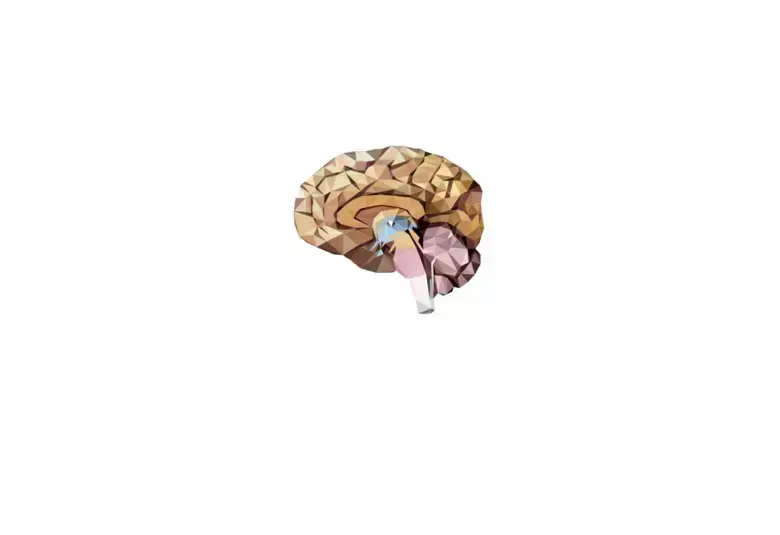Studies continue to indicate a multifaceted relationship between immunological and inflammatory processes and schizophrenia. More insights into the association of some of the proinflammatory cytokines with psychosis were provided at WSFBP Virtual 2021.
Several lines of evidence support the role of proinflammatory cytokines in the pathophysiology of schizophrenia. Patients with first-episode psychosis have been shown to have increased levels of transforming growth factor beta (TGF-b), making this cytokine a potential valuable biomarker for schizophrenia1.
Cytokine imbalances involving dysregulation of interleukin (IL) pathways are under also investigation, reported Dr Milica Borovcanin, Faculty of Medical Sciences, University of Kragujevac, Serbia.
IL-6 appears to have a phase-specific role in the evolution of schizophrenia and a correlation between high IL-6 levels and depressive symptoms, poorer well-being, treatment-resistance and cognitive decline has been found2.
The relationship between psychosis and IL-33
Evidence has demonstrated a relationship between IL-33 and the schizophrenia state. In a study evaluating IL-33 levels in 77 drug-naïve patients with first-episode psychosis (FEP), 27 patients with schizophrenia in remission after a three-month’s stable depot of long-acting injectable (LAI) antipsychotic medication, 45 patients with schizophrenia in relapse, and 18 healthy controls (HCs), patients with FEP had IL-33 concentrations five times higher than the LAI-treated patients in remission and 2.5 times higher than HCs (470, 420, 89, and 188 pg/mL, respectively).3
In a study, IL-33 concentrations were found to be substantially higher in patients with psychosis than patients treated with LAI or healthy controls
There was also a significant correlation between IL-33 levels and positive symptoms in patients in remission, suggesting a potential role for this cytokine in the underlying mechanisms behind psychosis onset.3
The relationship between psychosis and IL-17
Dysregulation of the IL-17 pathway has also been implicated in the pathogenesis of schizophrenia, as patients with FEP have lower sera concentration of IL-17 than HCs (3 pg/mL versus 30 pg/mL, in one study).1,4
In a study, there was no difference in IL-17 levels between healthy controls and patients in remission after LAI medication
In a recent study of 27 patients with schizophrenia in remission after a three-month stable depot of LAI antipsychotic medication period, there was a positive correlation between IL-17 levels and cognitive dysfunction as measured on Montreal-Cognitive Assessment scores, particularly for visuospatial and executive functioning, language functioning and delayed recall.5
There was no significant difference in serum levels of IL-17 between HCs and patients in remission after LAI medication.5
These studies lend weight to the accumulating evidence that schizophrenia could be, at least in part, a disorder bound to immunological alterations.
For the latest updates on sea.progress.im, subscribe to our Telegram Channel https://bit.ly/telePiM
Our correspondent’s highlights from the symposium are meant as a fair representation of the scientific content presented. The views and opinions expressed on this page do not necessarily reflect those of Lundbeck.




